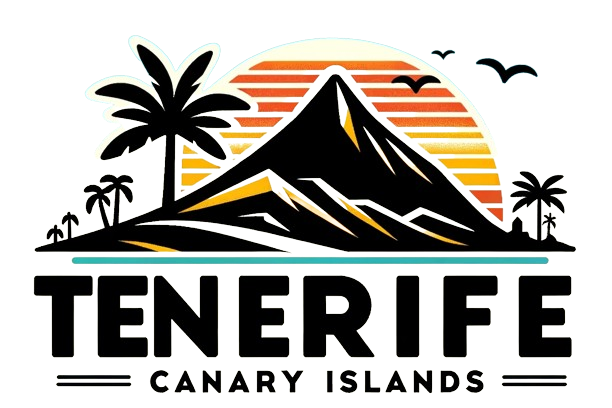Innoceana’s Efforts to Combat Marine Waste in Southern Tenerife
In southern Tenerife, a significant environmental initiative has been underway since 2019, focusing on the removal of marine waste.
Waste Management Challenges in Tenerife
The Cabildo of Tenerife reports that the island generates over 1,800 tonnes of waste each day, totaling around 670,000 tonnes annually. This presents a considerable challenge for a region with limited waste treatment and management resources.
While local authorities on the mainland effectively manage waste collection through public contracts, specialized trucks, and recycling centers, a portion of this waste escapes the system. Unfortunately, much of it finds its way into the ocean, where there are no established collection routes or municipal workers to address the issue. This raises the question: who is responsible for cleaning the ocean?
Innoceana’s Marine Cleanup Initiatives
The non-profit organization Innoceana has been actively involved in marine conservation efforts, successfully removing over five tonnes of waste from the southern region of Tenerife. The majority of the waste consists of plastics that accumulate on beaches, seabeds, and within marine conservation areas.
Innoceana operates from Guía de Isora to Arico, with significant cleanup efforts at Playa del Porís, which is recognized as one of the most polluted beaches in Europe due to microplastics. Carlos Mallo, the founder of Innoceana and a recipient of the prestigious Goldman Prize, highlights the diverse range of debris they have retrieved, including tyres, boat batteries, and even a motorbike from underwater locations.
Comprehensive Cleanup Strategies
To effectively tackle marine waste, Innoceana organizes two to three clean-up events each month, categorized into three distinct types: coastal, underwater, and offshore clean-ups.
During coastal clean-ups, volunteers focus on collecting macroplastics, microplastics, and other solid waste. They utilize sieves to filter sand and identify tiny fragments that are often overlooked. Underwater clean-ups require meticulous planning, as some waste has been on the seabed for extended periods, creating biotopes that support various marine species. Mallo emphasizes the need for caution in these areas to avoid disrupting the delicate ecosystem.
Offshore clean-ups involve patrols in lightweight vessels, particularly in the Teno-Rasca Special Conservation Area, where teams search for floating debris known as “garbage tongues.” The conditions during these operations can vary significantly; some days yield little to no waste, while others present challenges with volumes exceeding their collection capacity. The presence of sargassum, a type of seaweed from the North Atlantic, complicates waste detection as it often entangles with floating plastics.
In one instance, Innoceana had to rescue a loggerhead turtle that had become ensnared in a ghost net, highlighting the urgent need for ongoing marine conservation efforts.
Innovative Approaches to Waste Management
In 2023, Innoceana embarked on an ambitious project known as PLAS4E2, part of the Interreg Atlantic Area programme. This initiative involves collaboration with the University of Santander, the University of Bilbao, and an academic institution in the Netherlands.
The primary goal of this project is to convert ocean plastic waste into hydrogen through a process called pyrolysis. This method involves heating materials to temperatures between 300 and 600 °C in an oxygen-free environment, allowing for thermal decomposition without combustion. The outcome includes gases, oils, and solids that can be harnessed as energy sources.
Mallo explains that the innovation lies in applying this technology specifically to marine waste, which often contains organic residues. Innoceana’s role in this project encompasses the collection, classification, and analysis of waste to assess its potential for energy recovery.
Beyond Cleanup: Data Collection and Advocacy
Innoceana’s mission extends beyond merely removing waste from the ocean. The organization actively collects data during their clean-up operations, which is then utilized to produce reports and support scientific research. This data-driven approach not only aids in understanding the extent of marine pollution but also informs advocacy efforts aimed at raising awareness and promoting sustainable practices.
Key points
- Innoceana has removed over five tonnes of marine waste from southern Tenerife since 2019.
- The island generates approximately 670,000 tonnes of waste annually.
- Innoceana operates clean-ups from Guía de Isora to Arico, focusing on heavily polluted areas.
- The organization conducts two to three clean-ups each month, including coastal, underwater, and offshore efforts.
- In 2023, Innoceana began the PLAS4E2 project to convert ocean plastic waste into hydrogen.
- The organization emphasizes data collection to support scientific research and advocacy.
